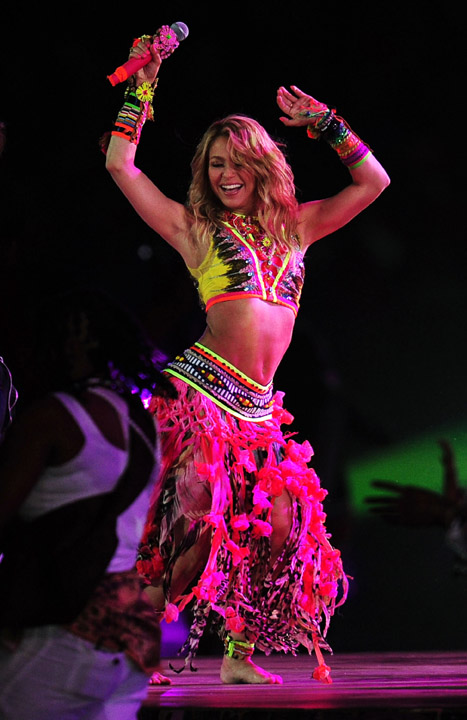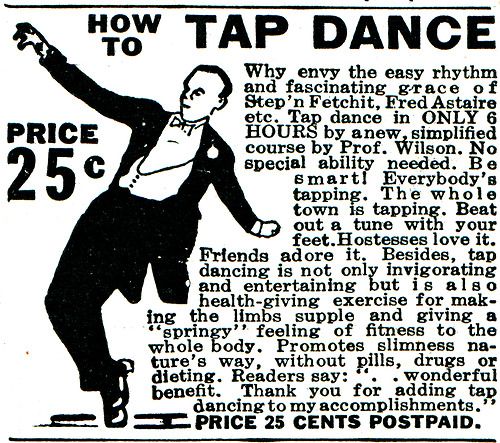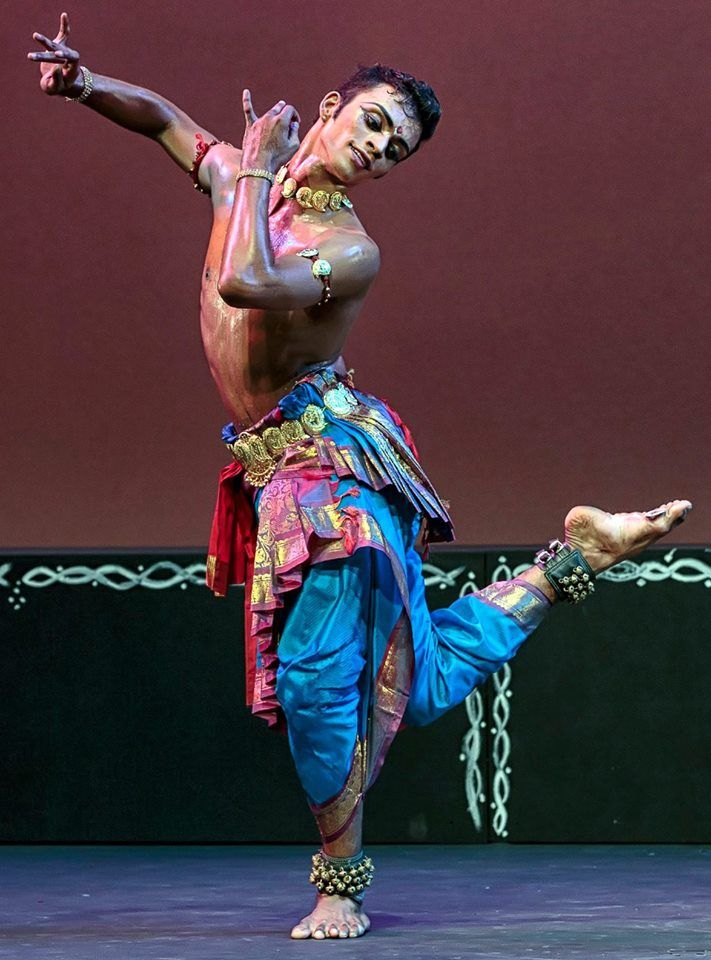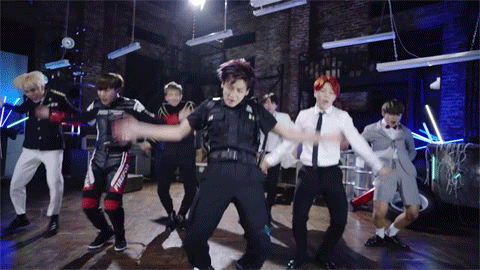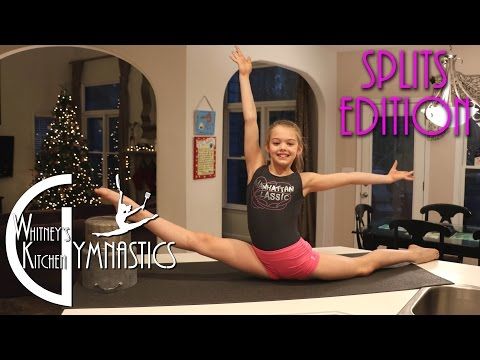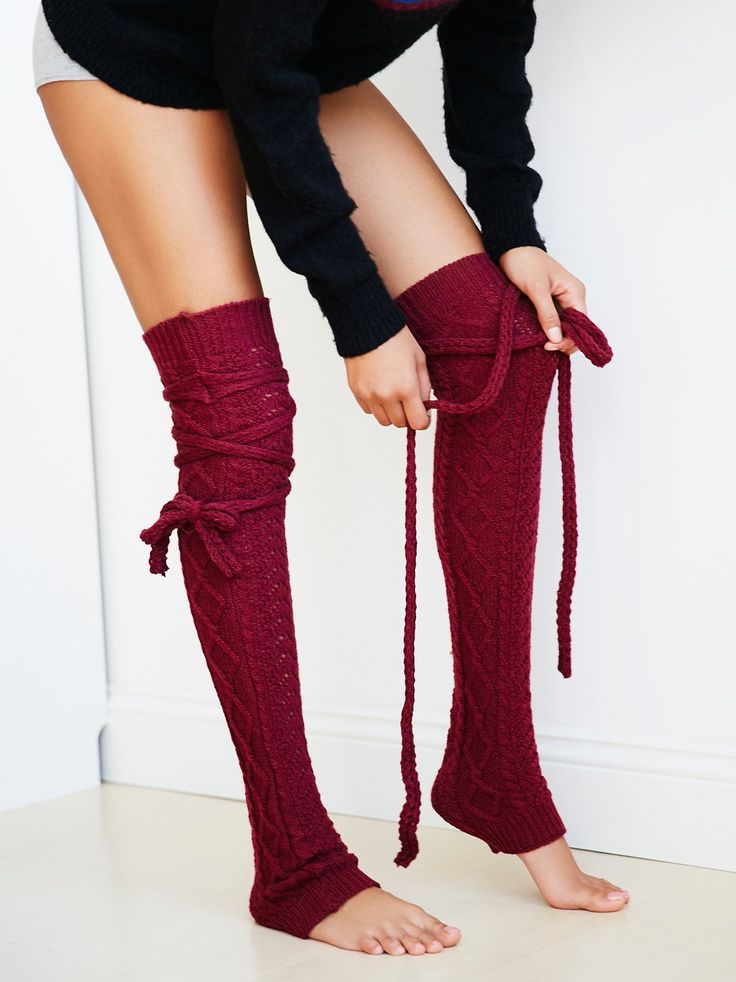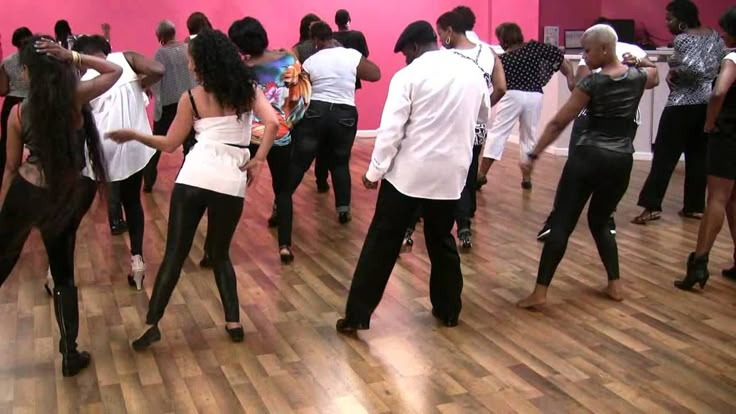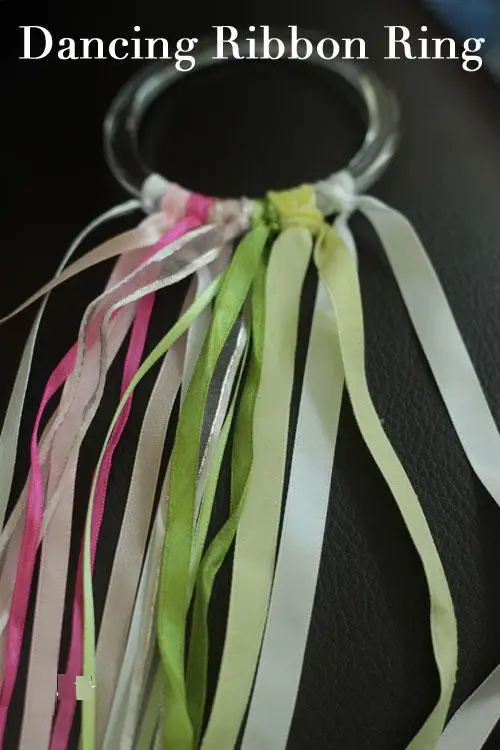How to be a good pole dancer
A guide to pole DANCING • The Pole Dancer
The more I get to know pole dancers and their struggles, the more clear I become about my personal mission as a teacher:
To help you become confident in DANCING.
Not to just give you a cheering, warm and fuzzy feeling about yourself (the pole community is already supportive enough), but to actually teach you how to dance.
This probably means for you to transition from (years of) Pole FITNESS to Pole DANCING. Or if you’re just starting out – to focus on a continuous movement right from the start, instead of on single moves.
No matter your current level and your previous experience, at the end of the day there are certain skills that make up a good dancer.
Just recently, when I was going through the 350+ answers of my survey about dance and flow, I came to realize how many skills are actually needed. Surprisingly (or maybe not), the list is overwhelming.
So I went ahead and sorted these skills into 10 main categories:
- Body Awareness and Coordination
- Expression
- Fluidity
- Floorwork and transitions
- Musicality and rhythm
- Creativity
- Freestyling
- Choreographing
- Developing your own unique style
- Performing
If you’re already thinking:
„Grrreat! I have no dance experience and none of those skills. I’ll never become a good dancer. :(“
That’s not true! You need to start somewhere though.
The list is sorted in a more or less progressive order of difficulty, although 2, 3, 4 and 5 could be switched around. Don’t take it too fussy.
Some of these skills complement each other and it makes sense to work on them simultaneously. The colors above highlight the skills that match well together.
But trying to get them all at the same time brings only confusion and frustration.
Instead, take a minute and do this right now:
- Go through each point of the list and rate your own skills on a scale of 0-10 (poor to excellent). Don’t think too much about it. Pick an approximate number and write it down.
- Look at your scores and take a mental note of your strengths and weak points.
Done?
NEXT STEP:
3. Plan your individual roadmap to pole DANCING and start integrating some of these skills into your training. Focus on your weak points at the top of the list. If you have high scores at the top, focus on the more advanced skills at the bottom.
Focus on your weak points at the top of the list. If you have high scores at the top, focus on the more advanced skills at the bottom.
↓
Let me give you some help for the last part. Here’s how you can work on your dancing skills:
#1 Body awareness / #2 Expression / #3 Fluidity
Body awareness and coordination are the main key to expression and fluidity. You can practice them together.
Body awareness means diving deep into each body part and truly understanding and feeling the movement, instead of just copying and faking it. Only then you can get rid of the „mechanical“ look.
Main rule: Isolate first. Then coordinate.
Learn to isolate movements and different parts of your body. For this you don’t even need to touch the pole.
After that, start „layering“ them – adding and coordinating them simultaneously. If the coordination becomes too messy and confusing, go back to the single movements.
- Use my Pole Flow tutorials on Youtube for arms, hands, head, chest, etc.

- Attend beginner dancing classes of any style (or music) that you like
Take your time to find the teacher and the dancing style you like the most. Some dancing styles focus more on feet, others focus more on hips and arms. In the end, everything that brings more awareness into your body is very welcome! 🙂
#4 Floorwork and transitions / #5 Musicality
Main rule: Forget aerial tricks! Practice choreographies and combos from the floor.
Start with single moves, transitions and short sequences. Progress further by practicing entire choreographies matched to a music.
Once you’re confident with the moves in a choreo, pay attention to the music. With time you will start “hearing” better and distinguishing smaller details in the music. This skill will be very helpful when you start choreographing on your own.
- I highly recommend Marlo Fisken’s Pole Flow and Floor Flow tutorials
- Use my quick guided choreos for beginners at the end of my Pole Flow playlist
- Take pole choreo classes at your local studio
- Take dancing classes without the pole.
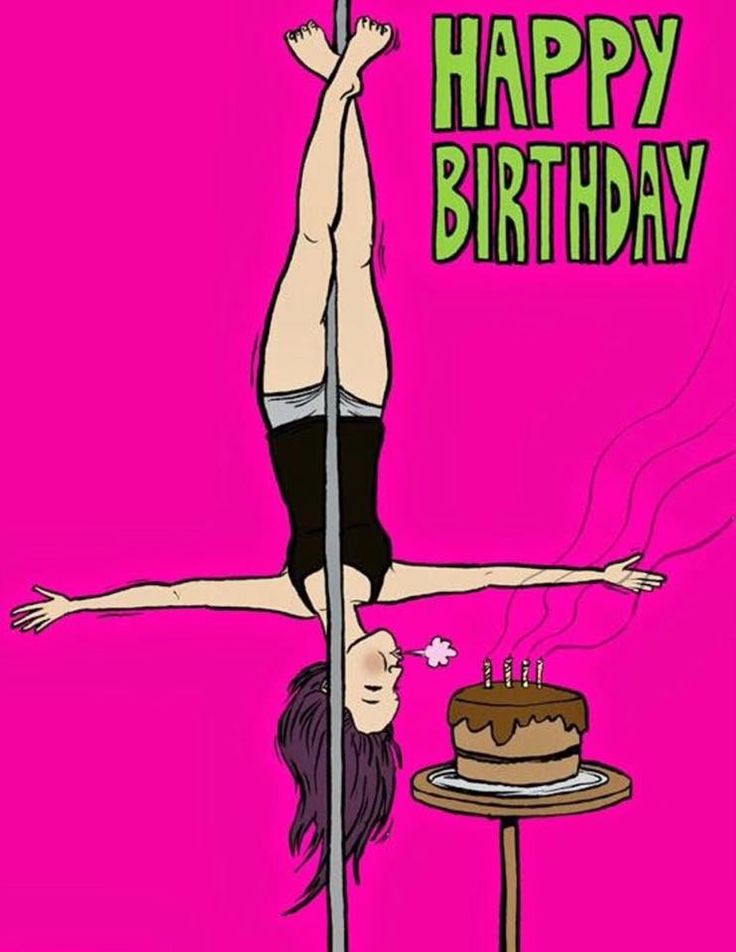 Contemporary classes have helped me improve my floorwork skills the most.
Contemporary classes have helped me improve my floorwork skills the most.
#6 Creativity / #7 Freestyling / #9 Develop your own style
Main rule: Stay curious and open minded. Analyze without judging.
Get creative through freestyling. Explore different styles of movement. Start creating your own combos, choreos and performances.
This is how you eventually develop your own unique style, which takes the longest from all skills.
- How to stop thinking which pole move to do next
- Tracee Kafer’s „Finding Your Freestyle“
- @carmineblackdance and @b.brazen tips for exploring sensuality
- Attend classes that offer space for explorative freestyles, ideally guided by a teacher
- Follow and observe other creative artists from different disciplines
#8 Choreographing / #10 Performing
Main rule: Learning by doing! You’ll suck at the beginning, but you’ll get better with experience.
Accept that your first performance won’t be perfect. Don’t lose your head! Every opportunity to choreograph and to perform your own piece is a valuable experience that makes you a better dancer.
Unfortunately, there aren’t many resources for choreographing and performing. At least not that I’m aware of. So, here are my tips:
- Take part in studio showcases. You will learn so much from this experience! Some studios offer extra coaching for these kind of events.
- The next step after studio showcases could be competitions. But think twice before you apply.
- More specific tips on performing on my blog
- Study other dancers’ and choreographers’ work
The creative process of choreographing is very individual. But I’ll try to share with you more from my own creative process in the future.
I hope this overview gives you and your pole training some focus. Keep an eye out for my posts and tutorials that cover each skill separately.
What are YOUR weak points that you’d like to work on?
Hit me up in the comments.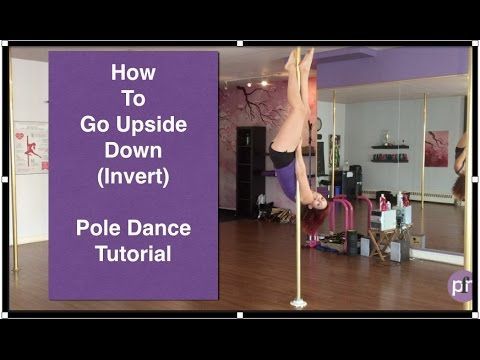
The Life-Changing Possibilities of Pole Dancing
When I started pole dancing, I was looking for a stress reliever. I had settled into a routine that mainly seemed to consist of, well, just work. This kind of one-track commitment was new for me: I grew up involved in activities ranging from gymnastics and dance to soccer and track. I knew I needed to try something different, to get myself motivated to move my body in ways that would bring me joy again.
I had tried pole dancing a few years back, and I remembered loving it, but classes were just too expensive for me to go consistently at the time. Now, with my first steady job post-college, it seemed like the right time to return. I tested out various places until I finally found my go-to: Brooklyn’s Finest Pole Dancing, a cozy studio on Carroll street. Not only was it a five-minute ride from my apartment, but I appreciated its intimate feel, and how Vel Francis, the studio owner, gave everyone individual attention.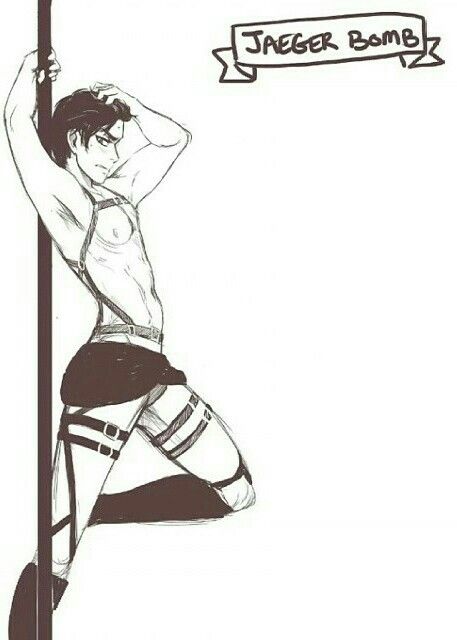 Her studio felt like a work-out and a therapy session all in one because of the diverse clientele that started to feel like family as we chatted during warm-ups. It became clear that this time was a collective sigh for all of us, whether someone wanted to blow off steam after work, or they were getting in some me-time after dinner with their kids. For me, simply entering this space was a relief because it had nothing to do with my job, family, or friends—it was a place of possibility where I could focus on whatever I wanted to achieve physically, emotionally, and with community.
Her studio felt like a work-out and a therapy session all in one because of the diverse clientele that started to feel like family as we chatted during warm-ups. It became clear that this time was a collective sigh for all of us, whether someone wanted to blow off steam after work, or they were getting in some me-time after dinner with their kids. For me, simply entering this space was a relief because it had nothing to do with my job, family, or friends—it was a place of possibility where I could focus on whatever I wanted to achieve physically, emotionally, and with community.
I took Vel’s beginner class three times a week for three months until I moved up to intermediate/advanced and spin pole classes. Before I moved up, I would stick around to watch the advanced classes, studying their movements and meditating on how I would one day do those tricks with them. When I flew home to Chicago for long weekends or holidays, I would always make sure to visit Fly Club Chicago, my pole home away from home, for Divine Em and Caitlin Marco’s bubbly and inviting energy and range of classes.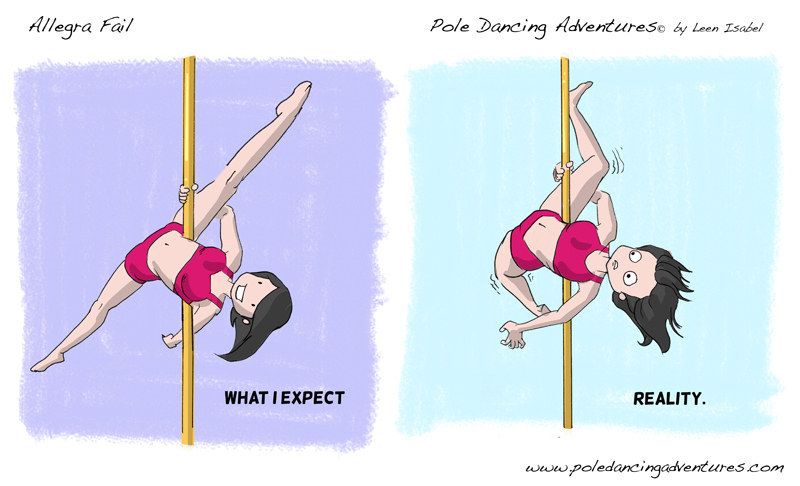
As I became more obsessed with pole, I felt my strength and confidence increasing (I swear, no one will hype you up the way the pole community will!). But most importantly, I was healing.
I suffered from PTSD my senior year of college after I was in a near-death accident. Fitness had always been my way of relieving stress, but injuries to my ribs and head meant that higher impact activities were out of the question. I fell out of touch with my body as I searched for other ways to relieve the new anxiety within it. Poetry served, and eventually gentler practices like yoga and salsa dancing did too. Pole marked a new phase in my healing, showing me how I could feel both emotionally soothed and physically strengthened at the same time.
Pole has helped me feel in control of my body as I live in a society filled with people trying to police women on what they should and shouldn’t be doing. It’s also helped me reconnect to my inner child, providing a space to play and try something new, a space to push past fears when it comes to mastering new tricks—a mentality I now apply to everyday life.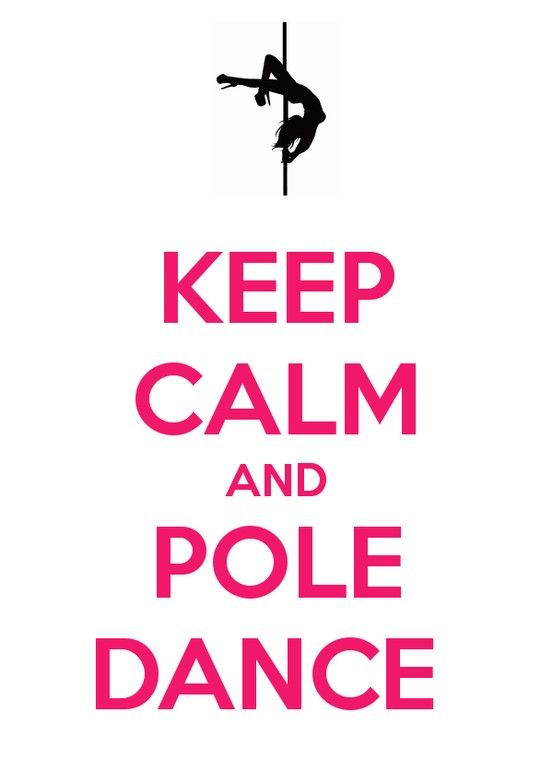
Thanks to virtual classes, Youtube, and Instagram videos, I’ve been able to continue growing as a pole dancer during the pandemic. My mother helped me install an at-home pole—bolting it into the ceiling—in our attic after I found a 7 foot, 45 mm version on Xpole. (The activity has clearly found fans amid quarantine—when I first looked for a pole, they were all sold out.) It’s been a reliable opportunity to rest my mind, since it requires my full attention and presence—I can’t check my phone when I’m spinning by one leg! Being able to throw on any song to fit my mood and just float during my pole sessions has been a constant reminder that, no matter how much is out of my control, what is in my control is my mind, body, and joy.
Most Popular
Below, three pole dancers who have inspired my journey share why they started the sport, what kept them going, and what it’s meant to them in this past year.
AnnaKia
AnnaKia is a professional aerialist who has danced on tour with Summer Walker.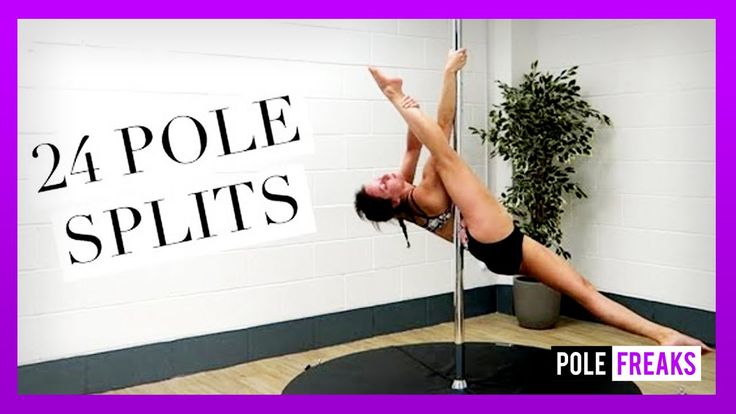 She’s the owner of HouseOfBaelien, an online vintage store filled with statement pieces.
She’s the owner of HouseOfBaelien, an online vintage store filled with statement pieces.
Why she started pole dancing: I started pole dancing in 2012 after a really hard year of battling depression. Not only was I dealing with the loss of my father, I was also struggling with the loss of my identity. At the time, I felt like I no longer knew who I was anymore because I had always been identified and introduced as Dr. Jackson’s daughter. I was utterly lost! After the umpteen day in my room, alone and unsure, I ran across a pole dancer on YouTube and I felt a “that” spark of excitement. It was the first time in what felt like a long time that I felt anything other than sadness. I looked up my first class and it was history from there.
Most Popular
What pole dancing has meant to her this past year: Pole dancing has been so many things to me at so many different times. It's giving me life, given me friends and new family, it gave me access to my sensual self that I never knew. It’s been heartache, my source of income, my passion, a visual representation of me and what I am going through internally. It has saved me! During quarantine it’s only strengthened the bond and connection I have with pole. It keeps me grounded in the waves of my emotional self.
It’s been heartache, my source of income, my passion, a visual representation of me and what I am going through internally. It has saved me! During quarantine it’s only strengthened the bond and connection I have with pole. It keeps me grounded in the waves of my emotional self.
Her advice to those who want to start pole: My best advice when it comes to people who want to try pole is: Do it! Look up studios in your area and take a class. Don’t talk yourself out of it by saying my body isn’t ready, I am not strong enough, not small enough. Pole is for everyone and every body! As a whole we want to welcome everyone into our little piece of heaven.
Dalijah Franklin
Franklin is the founder of Black Girls Pole, a global community and movement diversifying the pole community by inspiring and educating women of color about pole.
Most Popular
Why she started pole dancing: I started pole with a friend just as something to try, but here I am 13 years later and it is a major part of my life and has become my business.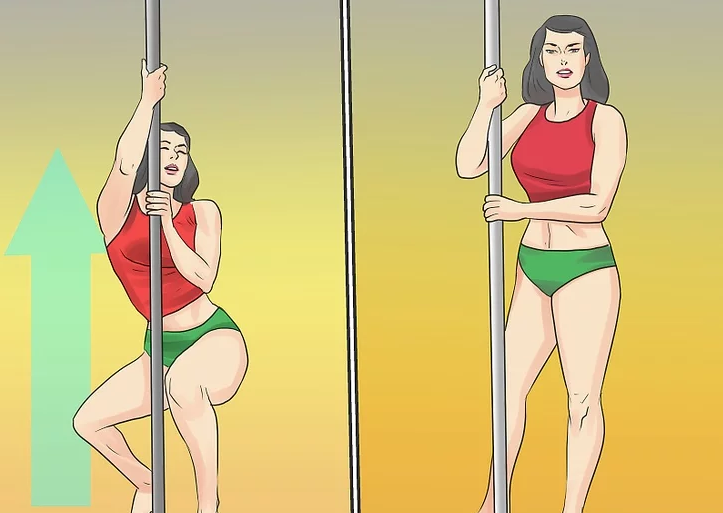
What pole dancing has meant to her this past year: Pole means confidence and empowerment to me. The amount of confidence and strength you gain by doing this sport is rewarding on so many levels. Pole to me in 2020 has been very humbling. I have been a pole dancer for 12 years. I became a mom this year and getting back into it after having a baby has been challenging! I appreciate my body so much more now for how strong it is and also learning to give myself grace as I gain my strength again and fall in love with this new body!
Why she thinks you should try something new this year: 2020 has been unlike anything we have ever imagined, so I think now is the time to reimagine hobbies, businesses, and what you will have done or created when we come out of this pandemic. There is no time like the present to try something new and see where it takes you!
Sammy Picone
Picone is a pole dancer who has danced, alongside AnnaKia, for Summer Walker’s tour.
Most Popular
Why she started pole dancing:
My best friend convinced me to come to a pole class just before we graduated from college. I was in one of the lowest places of my life, recovering from a cancer diagnosis and an emotionally abusive relationship. I resisted going to the class wholeheartedly and thankfully was outvoted by my friends. The first few classes were difficult as hell because they forced me to confront many of the effects that the years prior had had on me mentally and physically. And yet the pain of confronting that disappeared into thin air the moment I found out I could invert...realizing my strength in that moment was the moment I knew I would pole for the rest of my life.
What pole dancing has meant to her this past year: Pole has provided me an outlet to press pause on the world in a lifesaving way. I’m sure many of us are familiar with the loop of anxious thoughts and negative self talk that often plays on repeat in our heads.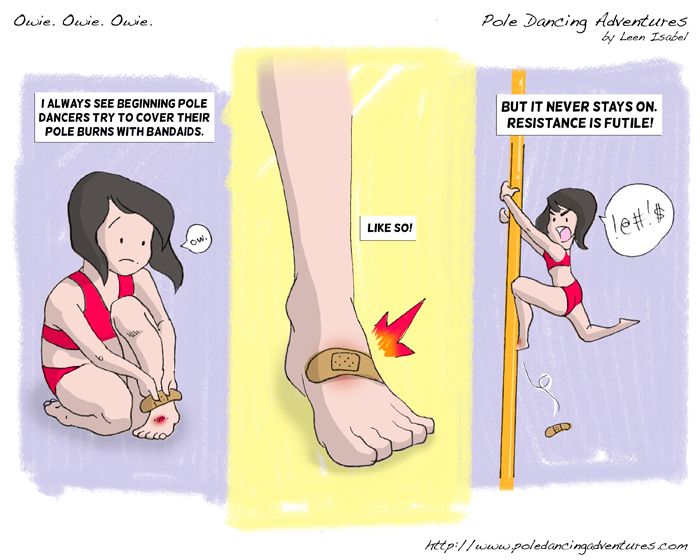 Pole has been the only outlet in my life thus far that quite literally brings my thoughts to a stop and allows me to bathe in silence for a period of time. It’s also allowed me to give myself permission to grow into—and to embrace—my power in ways that I am incredibly thankful for.
Pole has been the only outlet in my life thus far that quite literally brings my thoughts to a stop and allows me to bathe in silence for a period of time. It’s also allowed me to give myself permission to grow into—and to embrace—my power in ways that I am incredibly thankful for.
My relationship with pole has waxed and waned over the years and that hasn’t changed in 2020. That being said the moments that I have reunited with pole this year have been some of the greatest exhales; they’ve equipped me with the strength to persevere when I struggled to see the purpose in pushing forward.
Something she wants you to know about pole dancing:
For the past couple of years one of the main messages I have tried to communicate to my audience is: respecting where pole dance came from. There is a longstanding practice in the pole industry that attempts to separate pole dance from stripping and sex work and to vilify the two. Many fail to realize—because we often aren’t taught in the places we learn—that the art of stripping is a huge part of what laid the groundwork for the art form that us polers have today.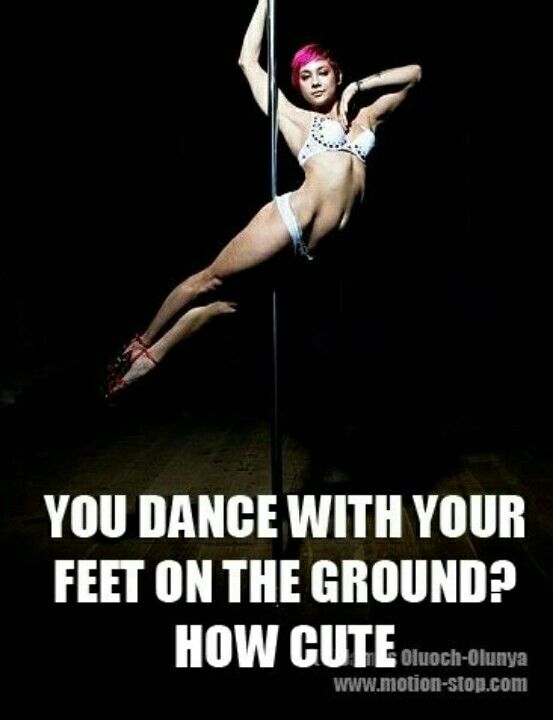 And respect should be paid along every step of one’s pole journey.
And respect should be paid along every step of one’s pole journey.
6 tips on how to learn to dance on the pole
Author: admin / February 24, 2020 / Category: News
There was a time when pole dancing was considered too sexy and inaccessible to many. But thanks to a shift in perspective and the advent of durable and commercial dance poles, this form of "sex dance" and exercise is beginning to gain acceptance from women and men. Today, pole dancing is considered a fun form of dance and exercise, strength training and can work for everyone, including men! nine0003
If you want to learn the art of pole dancing, here are 6 creative ways you can start learning pole dancing skills and techniques.
1. Check out online pole dancing lessons. Just use the search engines and you will be provided with a long list of resources on how to learn to pole dance. With online lessons, you can learn pole dancing at your own pace and in your spare time. But be careful when looking for an online pole dancing video lesson.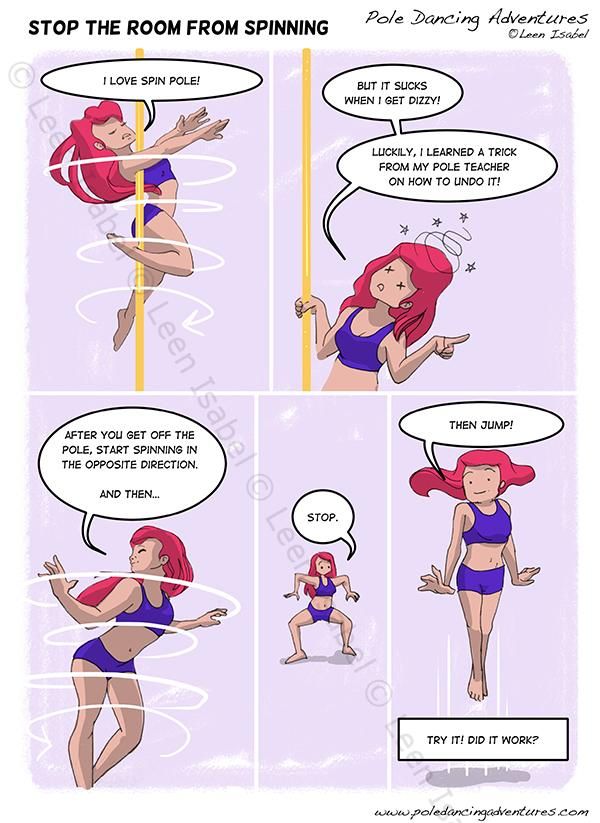 Look for only the most trustworthy videos with relevant tips and suggestions so you can learn pole dancing in a safe way. nine0003
Look for only the most trustworthy videos with relevant tips and suggestions so you can learn pole dancing in a safe way. nine0003
2. Attend group classes. Compared to private lessons and coaching, attending group classes can be a cost-effective way to learn pole dancing. Another benefit associated with group exercise is that it allows you to connect with other people who share the same passion and excitement. If you sign up for group classes, learning to pole dance becomes a social activity, allowing you to have fun and make new friends along the way. Here is a great half-dance school for beginners in Moscow. nine0003
3. Read online resources such as blogs, books and e-books about pole dancing. Just like videos, you can also count on tutorials and books to learn pole dancing. This will require patience and attention to detail, as you need to pay attention to pictures and step-by-step instructions. This is the recommended approach for people who want to relax and don't want to be pressured by other dancers and members.
4. Sign up for private pole dancing lessons. If you have the time and money, a private lesson with an experienced pole dance teacher is the best option. During a private lesson, attention is paid to you, and your needs and shortcomings are easily identified. nine0003
A dance teacher can also provide you with personalized help and suggestions to help you hone your technique. Be aware that enrolling in a private dance class can be expensive. But if you are looking for a personalized and quality tuition, private dance lessons are your best bet.
5. Another way to get good education is to use DVD and Youtube. This can help you get the guidance you need while having fun along the way. This is the recommended approach if you want to learn pole dancing in the comfort of your own home. You can pause some scenes or play back scenes and movements if you find it difficult to follow the video. nine0003
6. Attend pole dancing parties. Yes, pole parties can be held and can be a great way to learn how to pole dance. You can invite your friends who also want to learn some tricks and dance moves. You can also use this as a theme for your next birthday party or meeting with friends.
You can invite your friends who also want to learn some tricks and dance moves. You can also use this as a theme for your next birthday party or meeting with friends.
Pole Dancing: Tips for Beginners
Since the 90s of the twentieth century, this direction of dance has come a long way and has changed a lot. Now it combines elements of acrobatics, choreography and gymnastics. Some of the movements of this dance are sometimes used as strength training and fitness. It is a mistake to believe that pole exercises are only suitable for women: men are also actively mastering this popular direction. In addition, due to the developed muscles of the upper shoulder girdle, pole dancing is even more suitable for men than for women. Why has this trend gained popularity? And what should beginners remember? nine0003
What does our skin want?
The beauty secret of our skin: choosing the perfect face cream.Benefits of Pole Dancing
The professional performance of these dances is truly mesmerizing.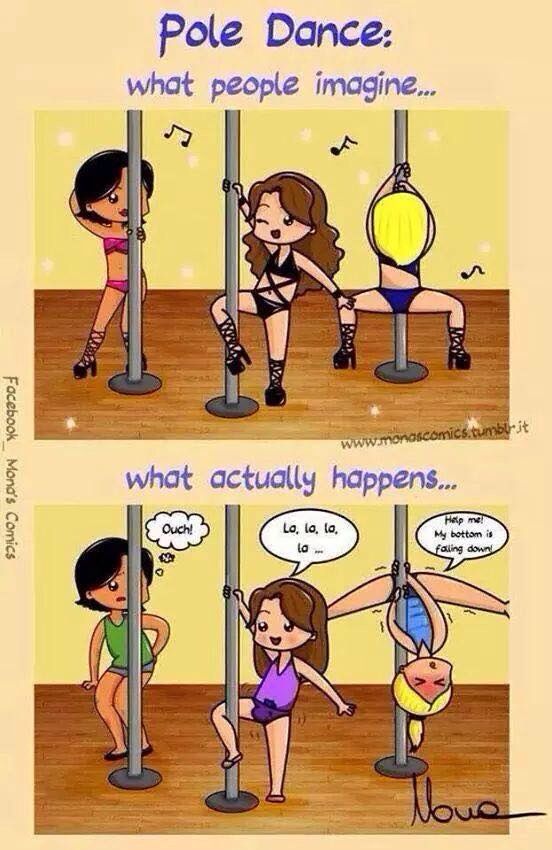 But it is not only beautiful and stylish. Pole dancing has a number of significant benefits for maintaining a slim figure and good health. They are able to increase strength, flexibility and muscle tone. The upper body and inner thighs are especially intensively worked out. Those who have been seriously engaged in this type of dance for a long time can boast of a slender and toned figure. nine0003
But it is not only beautiful and stylish. Pole dancing has a number of significant benefits for maintaining a slim figure and good health. They are able to increase strength, flexibility and muscle tone. The upper body and inner thighs are especially intensively worked out. Those who have been seriously engaged in this type of dance for a long time can boast of a slender and toned figure. nine0003
Some of the movements of the pole dancers look incredible, fantastic, violating the laws of gravity. This is much more difficult to do without a pole in other types of dance.
Pole exercises are available for people of different builds, ages and physical abilities, since there are several levels of dance difficulty.
During classes, not only does the body train: a person learns to use his inner sensuality in order to become more attractive to members of the opposite sex. nine0003
If everything is done correctly and safely under the guidance of a professional instructor, pole dancing turns into effective training and great fun at the same time.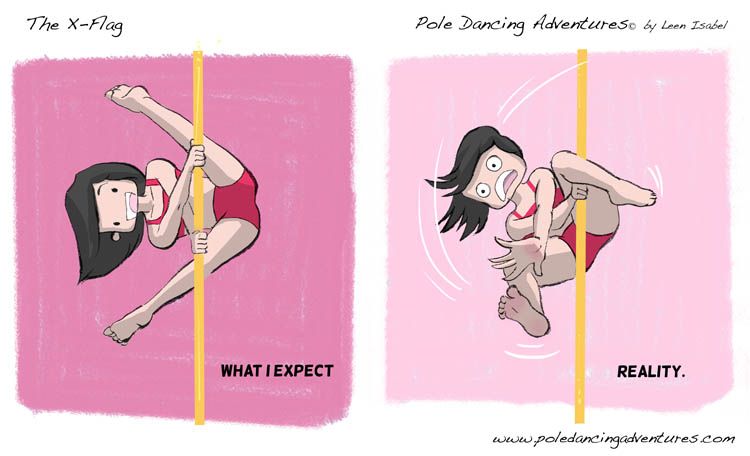
Instructor's Choice
Due to the increased popularity of pylon dances, special classes and studios began to appear in many cities, developing this direction. Their number has only been growing in recent years. However, not all studios meet the stated requirements. You should always remember to be careful and choose your instructor carefully. He must be able to carefully prepare the dancer and clearly explain the technique of performing movements in order to avoid serious injuries, which are often experienced by beginners. nine0003
Incorrectly performed exercises can lead to such dangerous consequences as a broken neck or back. A good instructor should understand human anatomy and physiology, own the equipment necessary for dancing and devices that guarantee safety during classes.
It is desirable that the coach was not just a professional dancer, but also an experienced teacher who knows how to find an approach to people and correctly distribute the load. Before you go to get acquainted with the instructor, it is advisable to read reviews about him and personally communicate with those who are already training with him. nine0003
Before you go to get acquainted with the instructor, it is advisable to read reviews about him and personally communicate with those who are already training with him. nine0003
Preparatory exercises for muscle strengthening
It should be understood that pole dancing is a power load for the whole body. In the classroom, you will have to perform exercises aimed at lifting your weight, and this requires tremendous effort and good preparation. You should not expect that everything will work out the very first time, even for those who have excellent physical shape. Here, the correct technique of exercises and the sequence of movements play an important role.
To reduce pain and prepare the body for the load, it is important to train gradually and be sure to do a preliminary warm-up. You need to be prepared that after the first few lessons there will be severe pain in all muscles, especially in the arms. This is absolutely normal for pole dancing. After 1-2 days, the pain subsides.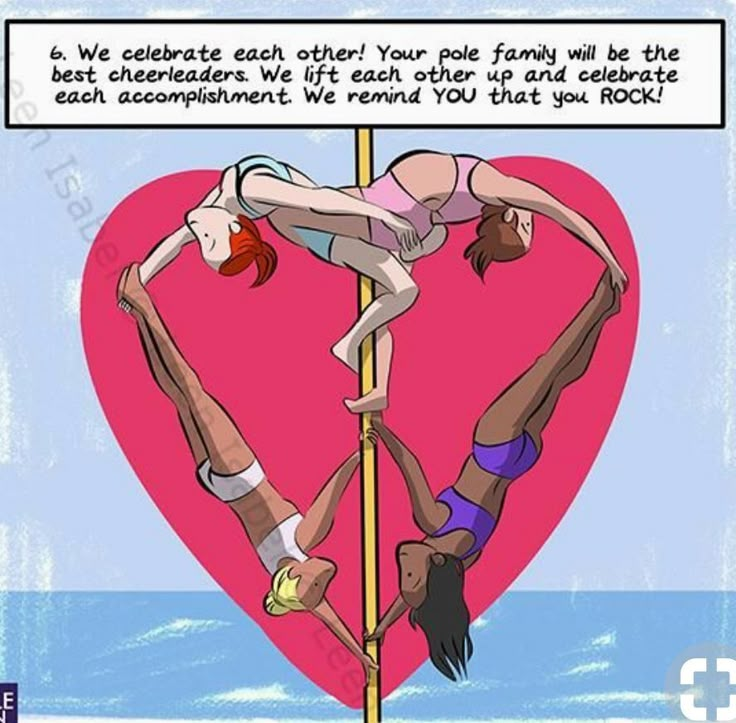 If this does not happen, then it is better to go for a consultation with a doctor to rule out the presence of an injury. Constant training and memorization of the technique will help to cope with the pain, and the movements on the pole will no longer cause discomfort. nine0003
If this does not happen, then it is better to go for a consultation with a doctor to rule out the presence of an injury. Constant training and memorization of the technique will help to cope with the pain, and the movements on the pole will no longer cause discomfort. nine0003
Clothing for body freedom
Usually, during the performance of professional dancers, they wear a minimum of clothing so that it does not interfere with them to perform complex tricks on the pole. However, in the process of training, it is not at all necessary to select a revealing outfit and expose the body. Clothing that exposes arms and legs will be more than sufficient. But some difficult tricks and exercises still require the skin to be in contact with the pole. In any case, pole dancing is difficult to dance for insecure people. To achieve serious results, it is important to step over your complexes and love your body. nine0003
Mini shorts, a sports bra (or any tank top), patent leather shoes - this is a great set for pole dance.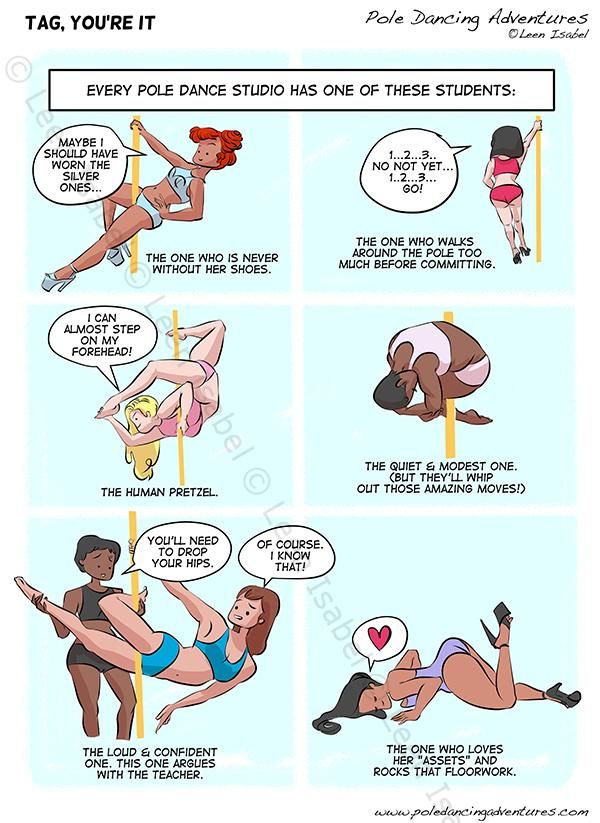 Oddly enough, but it is the heels that help the girls to hold on to the pole more firmly during the climbs. An added bonus of studs is an eye-catching look. However, before putting on shoes with high heels, you need to properly practice without them. Therefore, beginners usually train in sports shoes, sneakers or barefoot.
Oddly enough, but it is the heels that help the girls to hold on to the pole more firmly during the climbs. An added bonus of studs is an eye-catching look. However, before putting on shoes with high heels, you need to properly practice without them. Therefore, beginners usually train in sports shoes, sneakers or barefoot.
Sequence in training
It is important in any business, especially in the learning process, so that the material is well absorbed. You should not jump from one level to another without sufficient consolidation of the basics of technology. For example, in order to learn a multi-variant hand grip, you need to master the basics and basics of dance.
Experienced instructors advise against constantly comparing yourself to other people in the class. The physical form of a beginner does not mean anything yet. Much more important is his ability and desire to learn. Competition and a competitive spirit are also useful, but you should not drive yourself and impose unnecessary complexes because of them.

